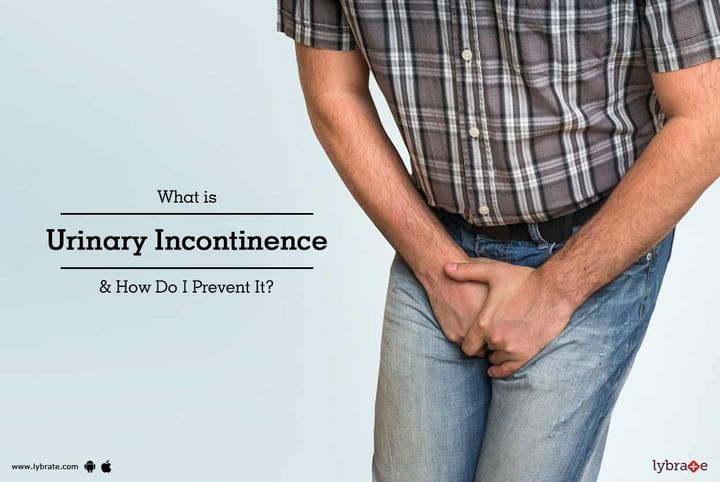What is Urinary Incontinence & How Do I Prevent It?
Urinary incontinence is a problem that can affect anyone. Urinary incontinence is the loss of bladder control or the ability of a person to control his/her urine output. It is an embarrassing problem as the urgeto urinate and lack of bladder control can occur even when you are in the middle of something important. This condition is classified by its severity and ranges from the occasional urine leakage to the discharge of urine so suddenly that the person will not be able to make it to the toilet in time.
Symptoms and types:
The symptoms of urinary incontinence are to do with urine output, and can be categorized by minor leaks of urine to moderate amounts. In some cases, the urine discharge can be sudden. This condition is more common among the elderly.
Types of urinary incontinence:
- Stress incontinence: The leakage occurs when you are exerting pressure on your bladder, and can include instances of coughing, sneezing, exercising or even lifting something heavy.
- Urge incontinence: There is an intense urge to urinate followed by an involuntary loss of urine. The sensation or urge to urinate will be often. This can occur throughout the night too and can cause discomfort both physically and mentally.
- Overflow incontinence: This is experienced when your bladder does not empty completely. As a result, you would be experiencing constant dribbling of urine. No matter how many times you go to the toilet, the dribbling will continue.
- Functional incontinence: This type of incontinence is caused by an impairment, disorder or condition that prevents you from making it to the toilet in time. For example, if you are elderly or if you have severe arthritis, you may not be able to reach the bathroom in time.
- Mixed incontinence: This happens when you experience more than one or two types of the above mentioned urinary incontinence.
Urinary incontinence is not a disease, but could be a symptom of an underlying condition. Do consult with your physician if you notice these symptoms and get treated for it. A simple urinalysis will help to determine and diagnose infections and other disorders causing this condition.
Prevention:
There are many factors that can put you at risk. Most involve everyday habits and the food that we eat. There are certain drinks such as alcohol, caffeine, aerated drinks, and chocolate drinks that can also stimulate your bladder and can increase the output of urine temporarily. Reducing your intake of these beverages particularly at night and limiting your intake of spicy foods could help you deal with this condition.
Making a few healthy lifestyle changes such as maintaining a healthy weight and regular exercises to strengthen the pelvic region can help to prevent conditions such as urinary incontinence. Watch what you eat and curb your intake of acidic and spicy foods. Also, limit or reduce your consumption of foods high in preservatives. Quit smoking and reducing the intake of alcohol will also be beneficial.
Coping with urinary incontinence can be embarrassing. Hence talk to your doctor about it and get medical attention immediately. Using adult diapers could help reduce the stress and embarrassment involved with this condition.
In case you have a concern or query you can always consult an expert & get answers to your questions!



+1.svg)
